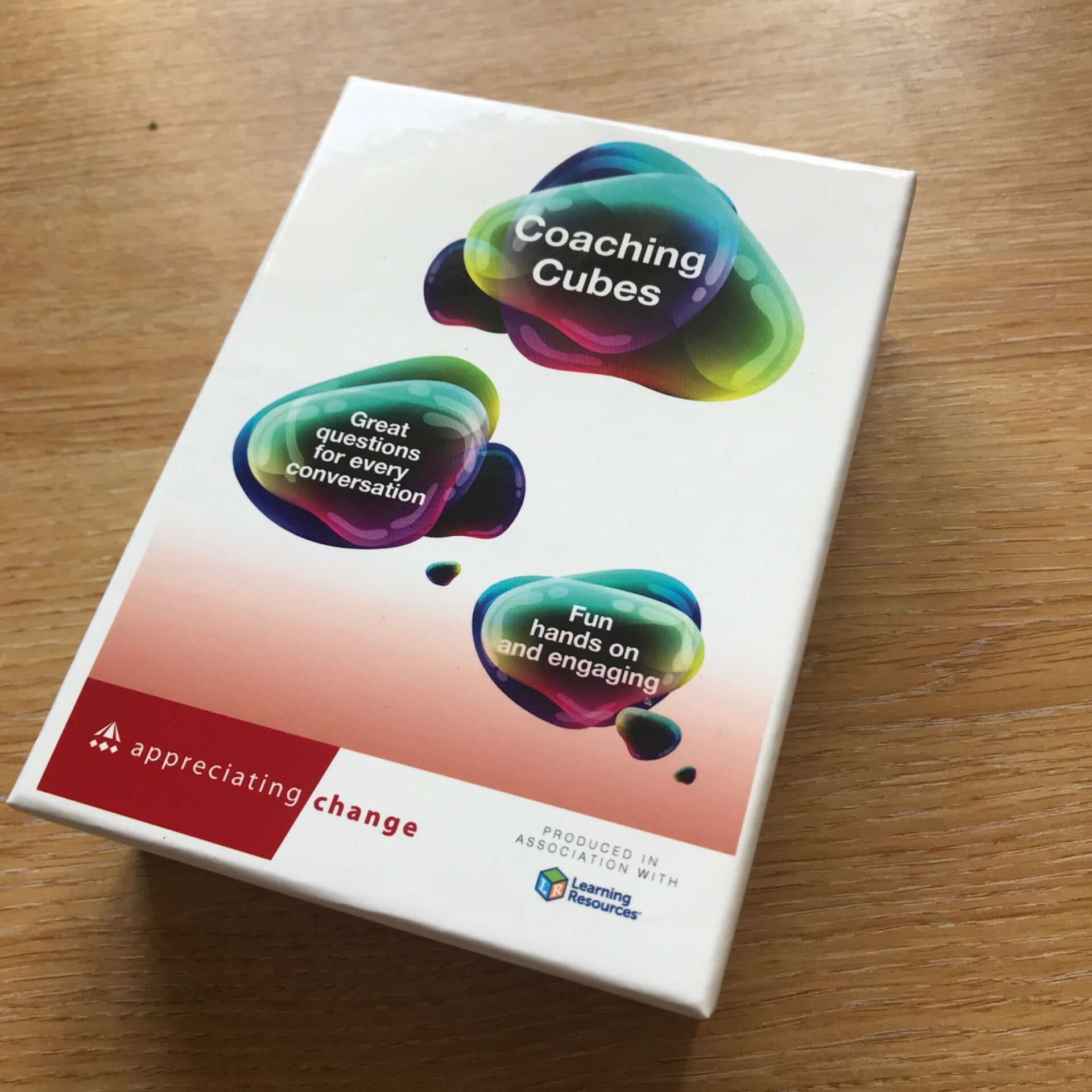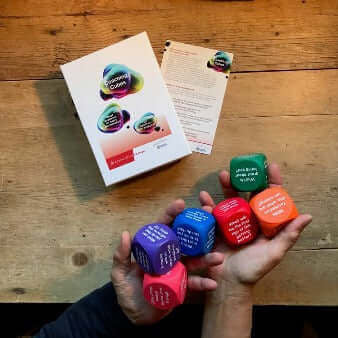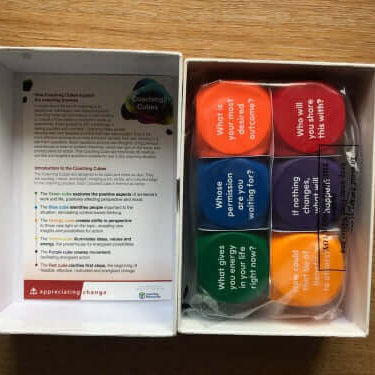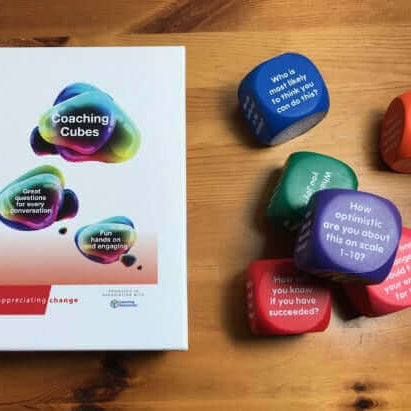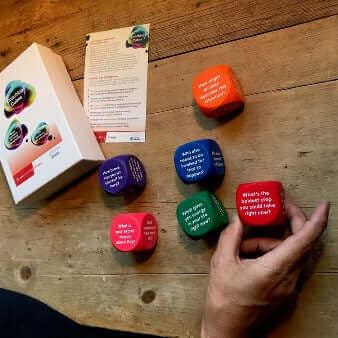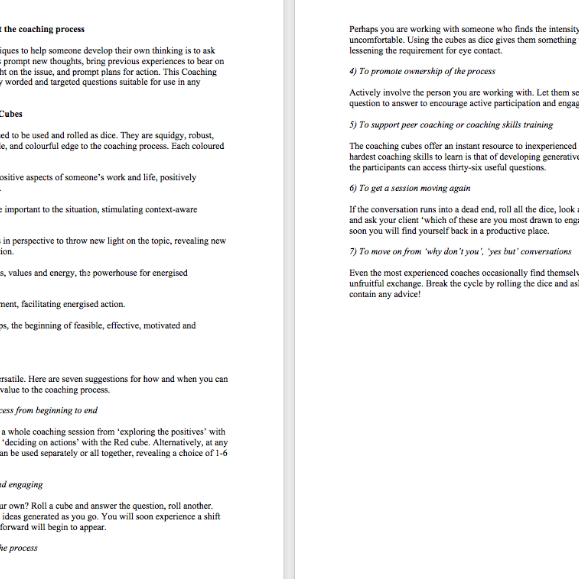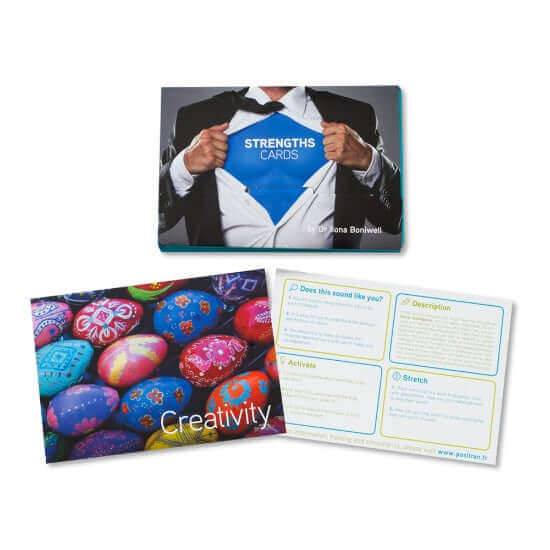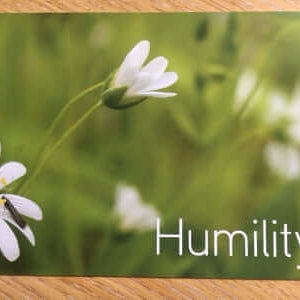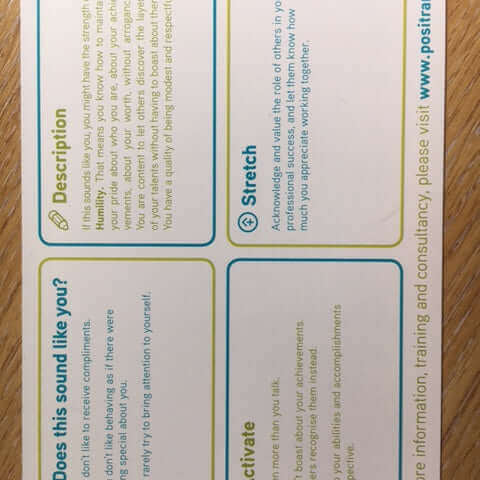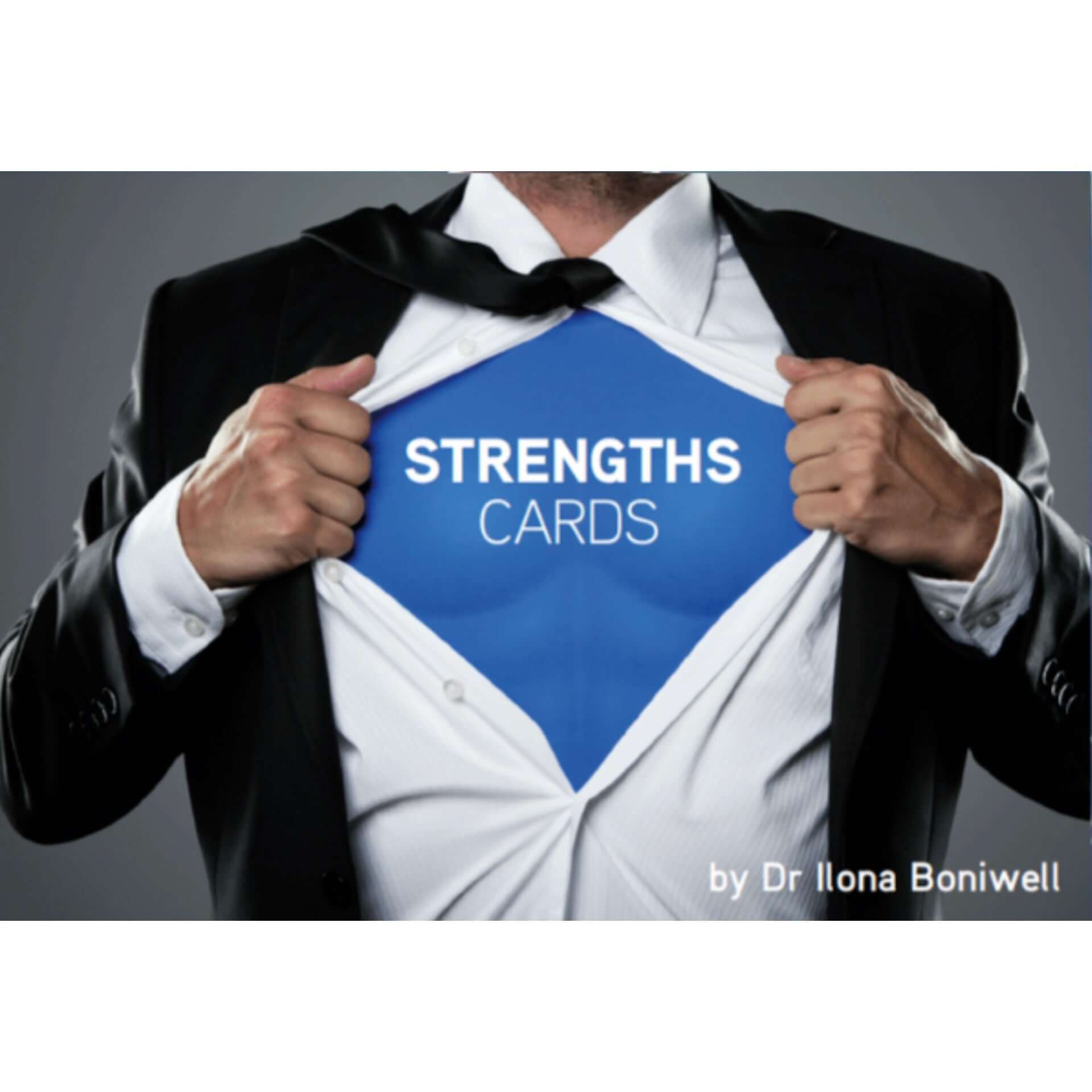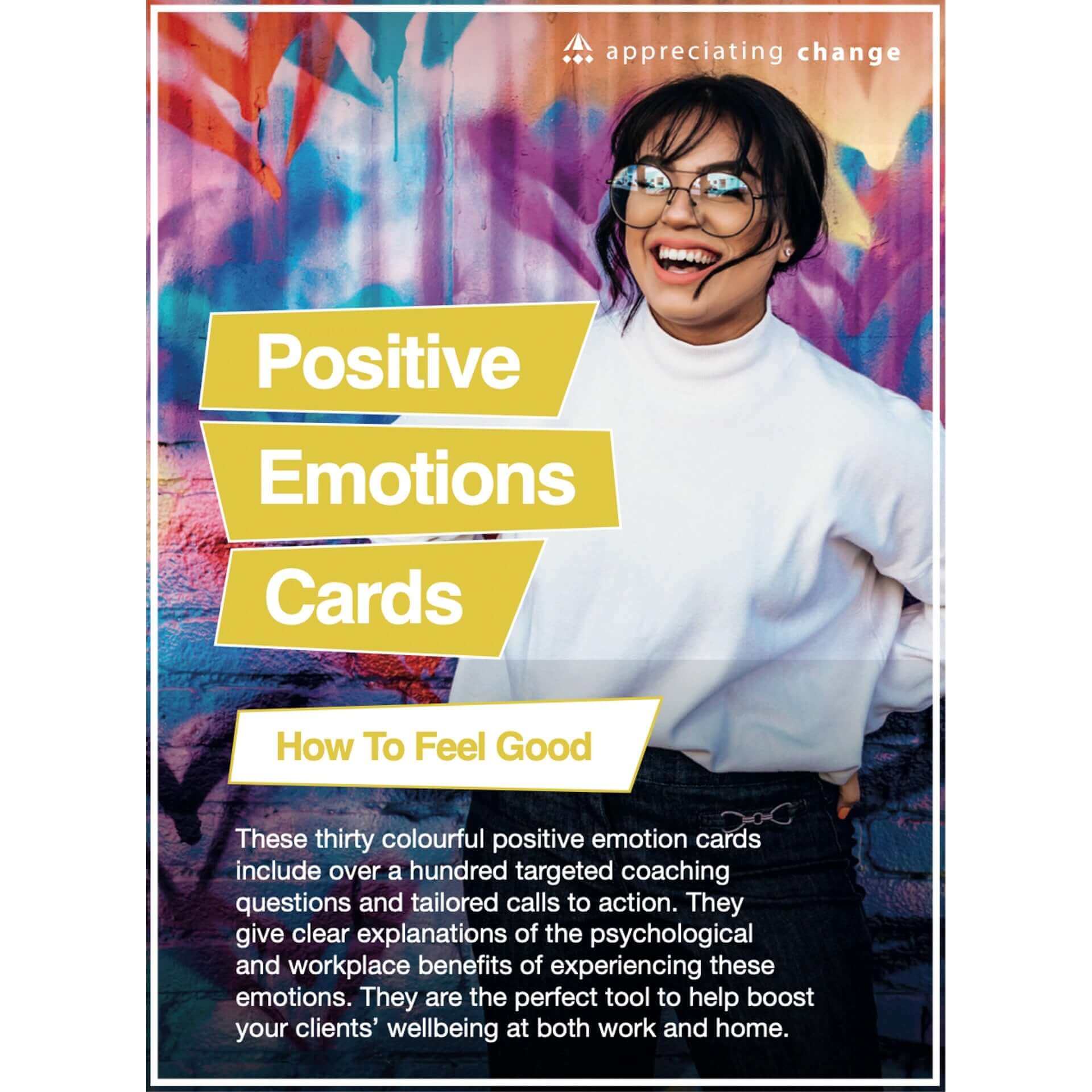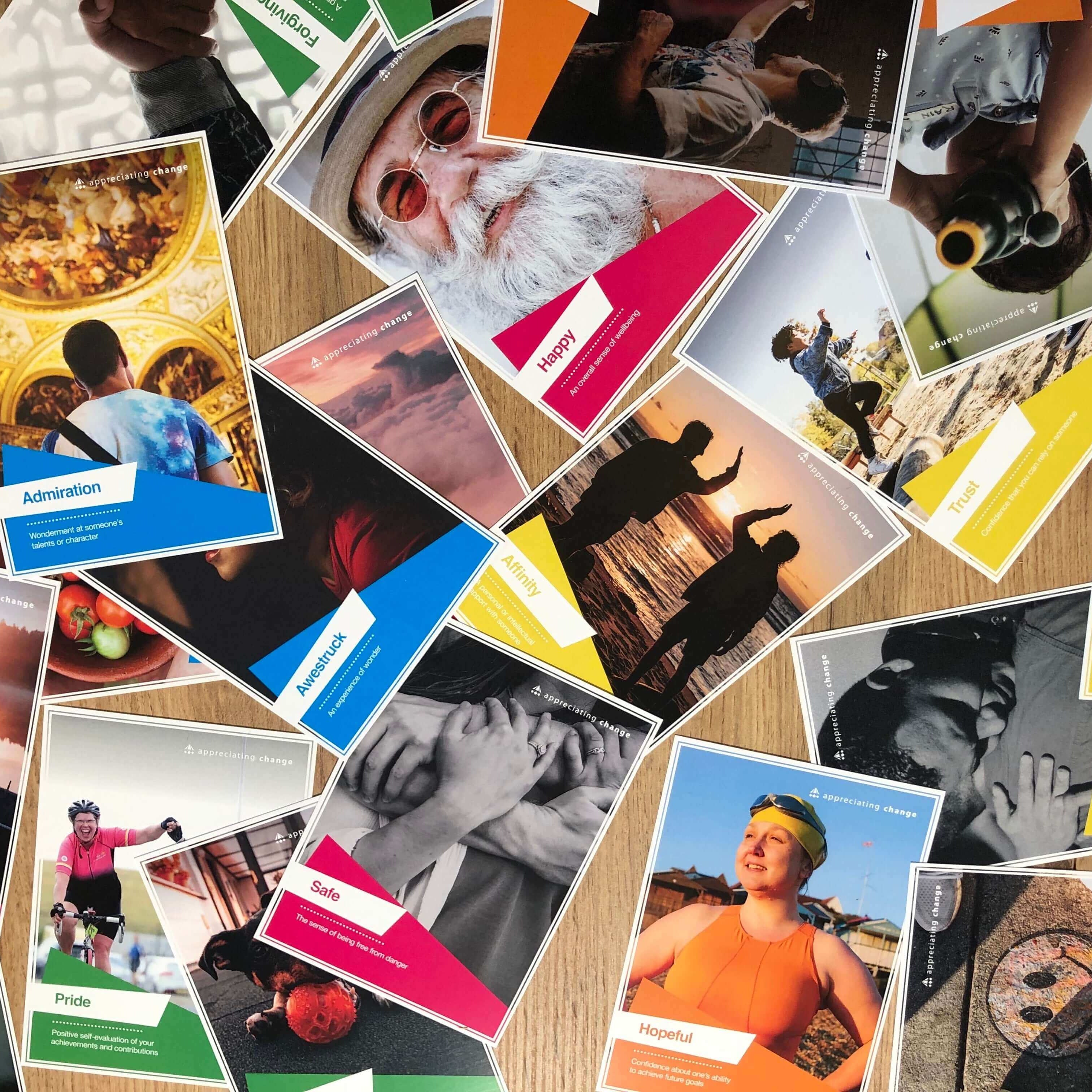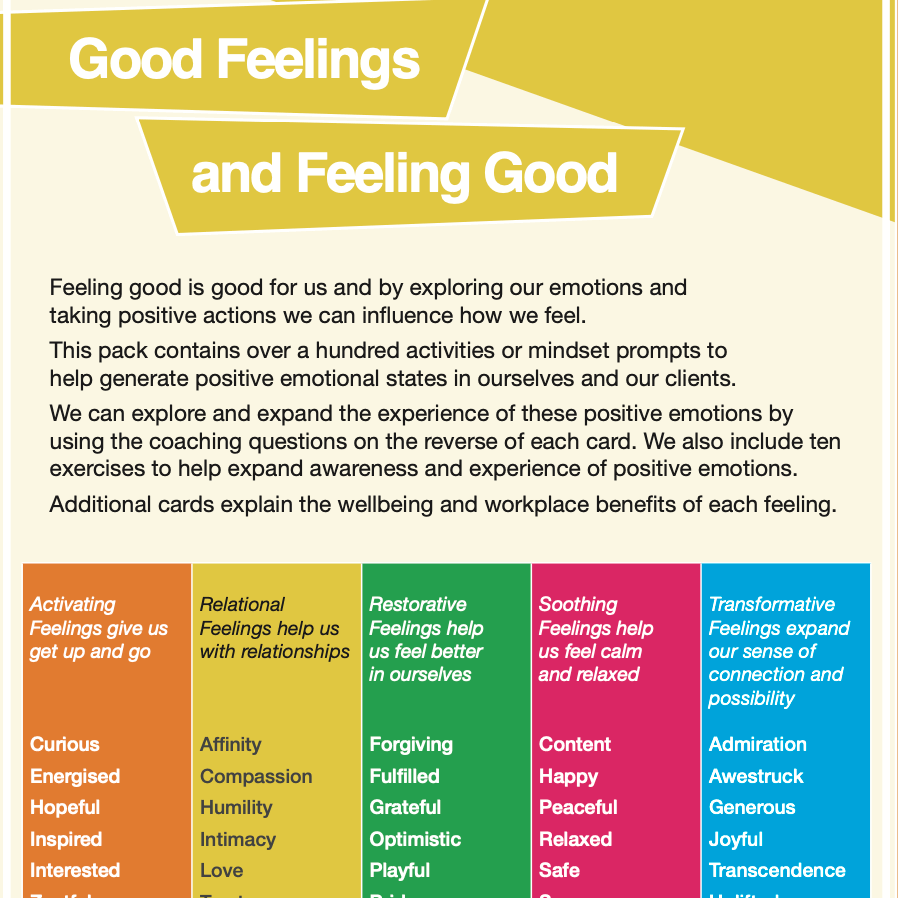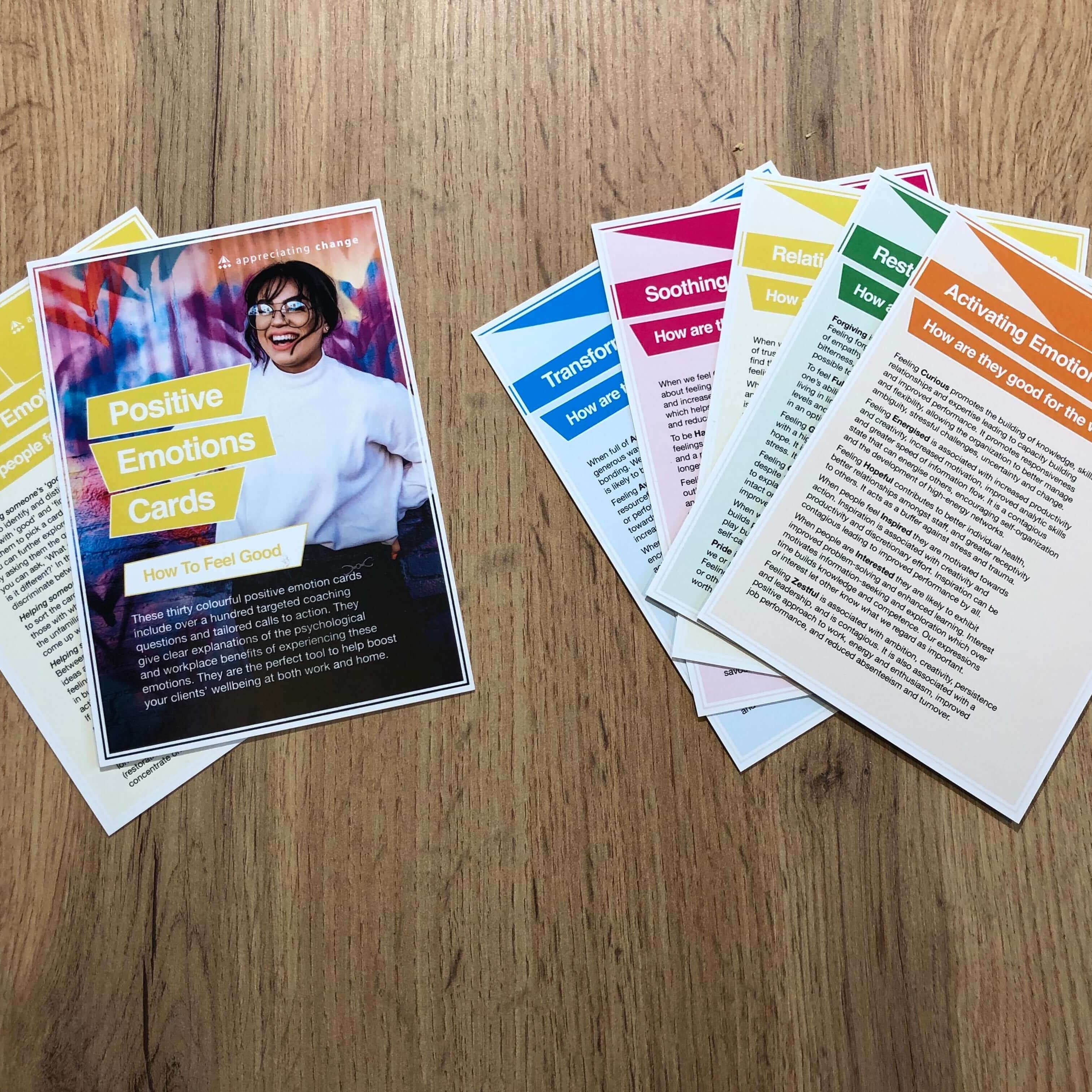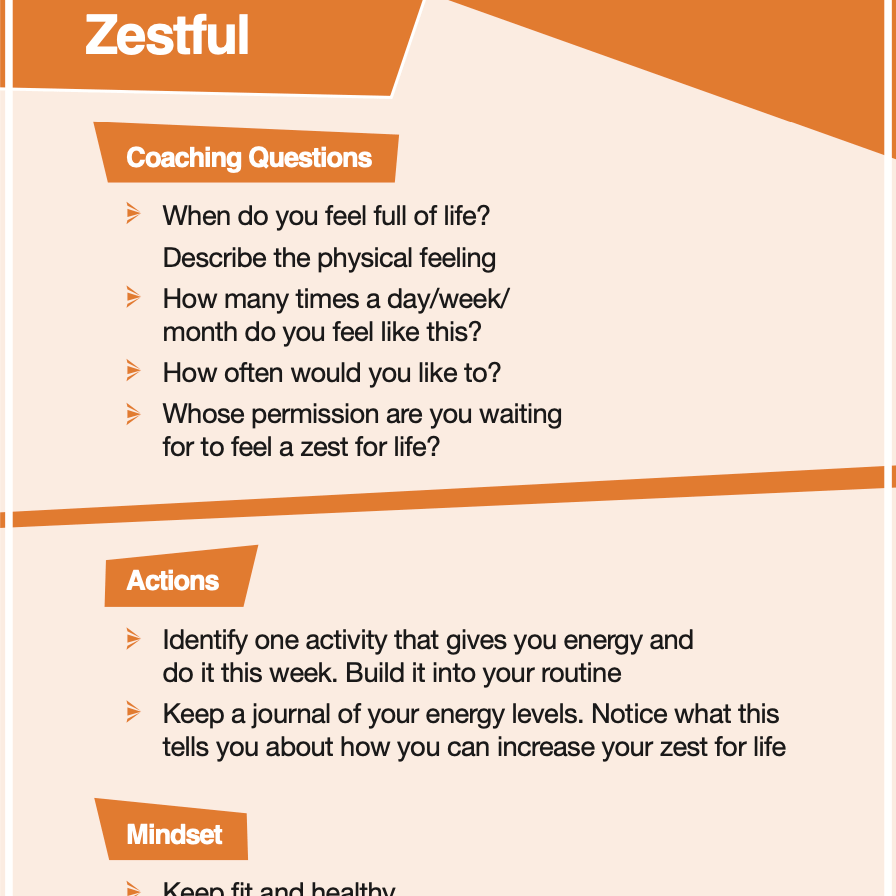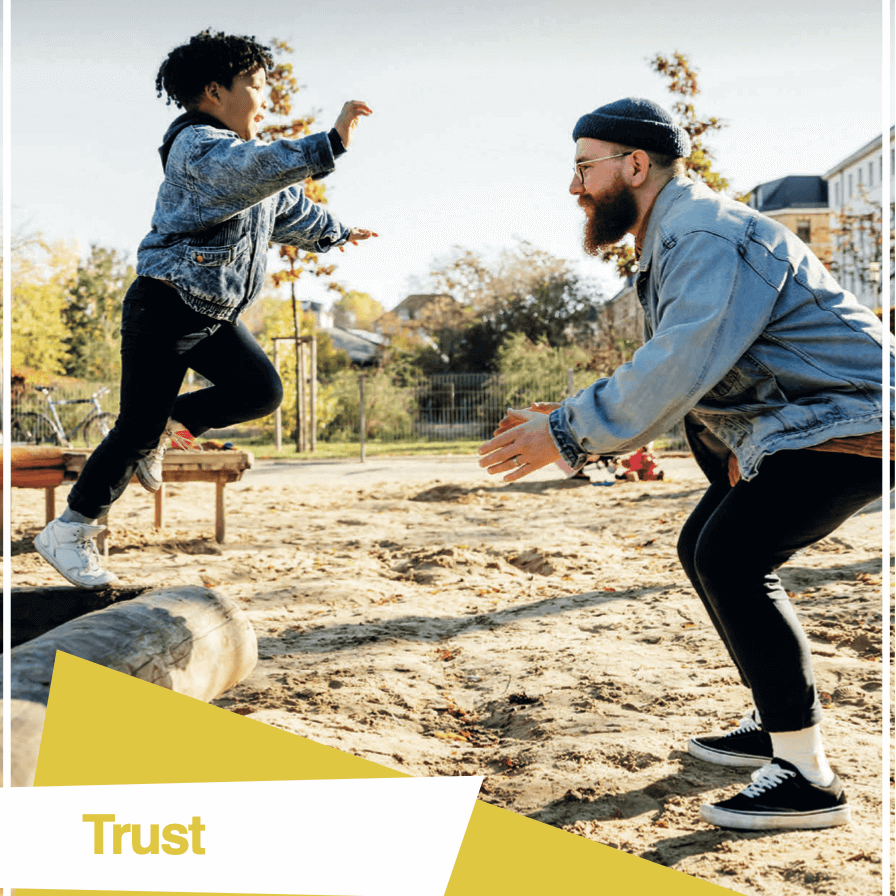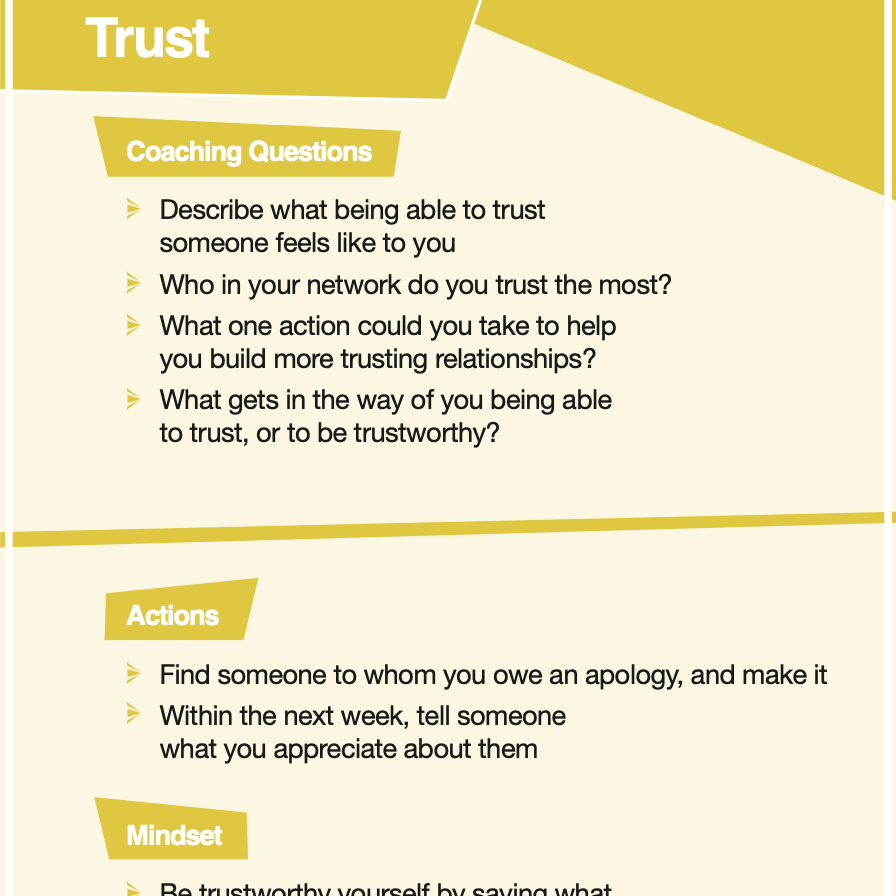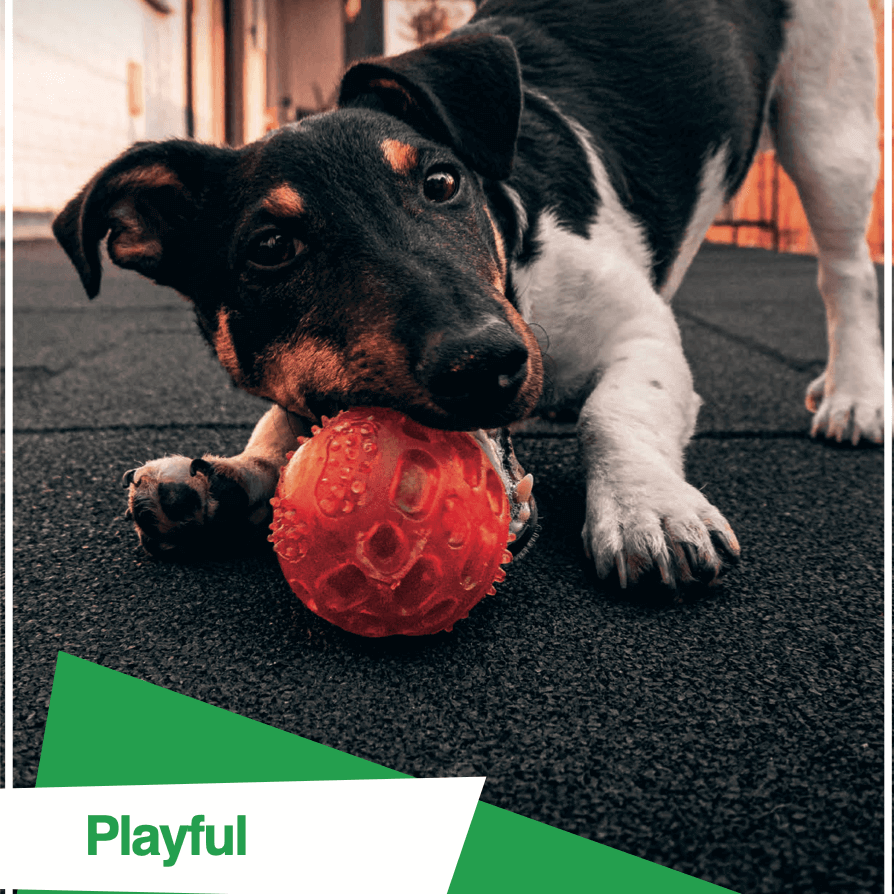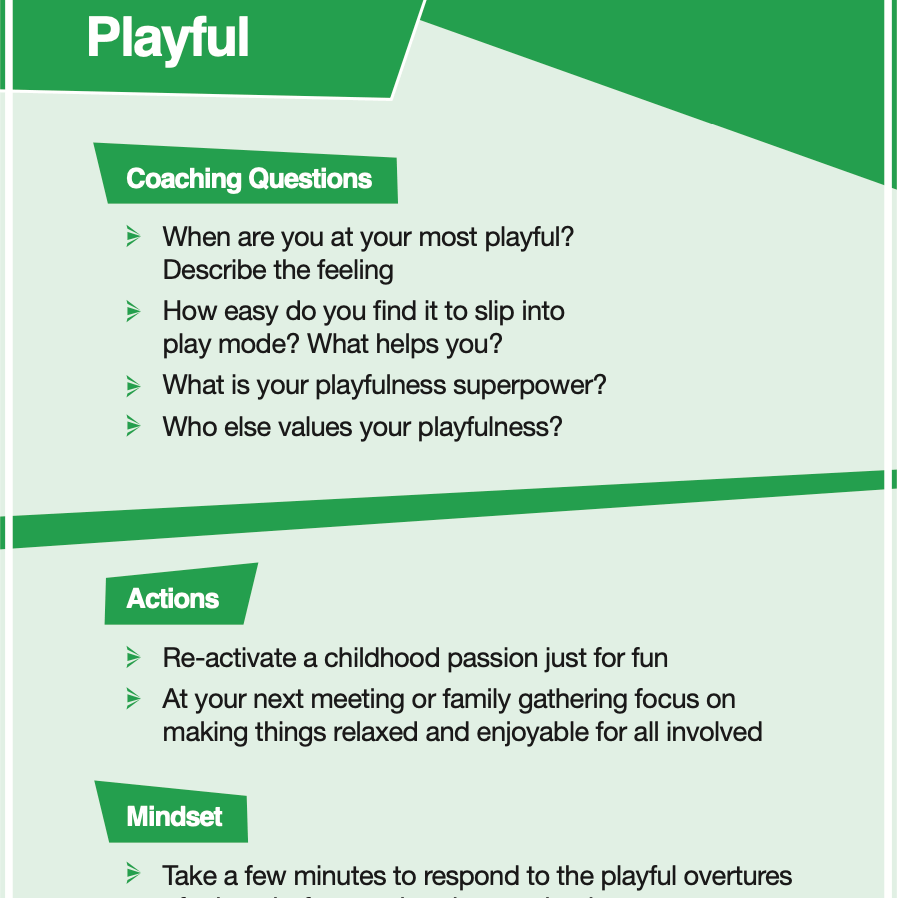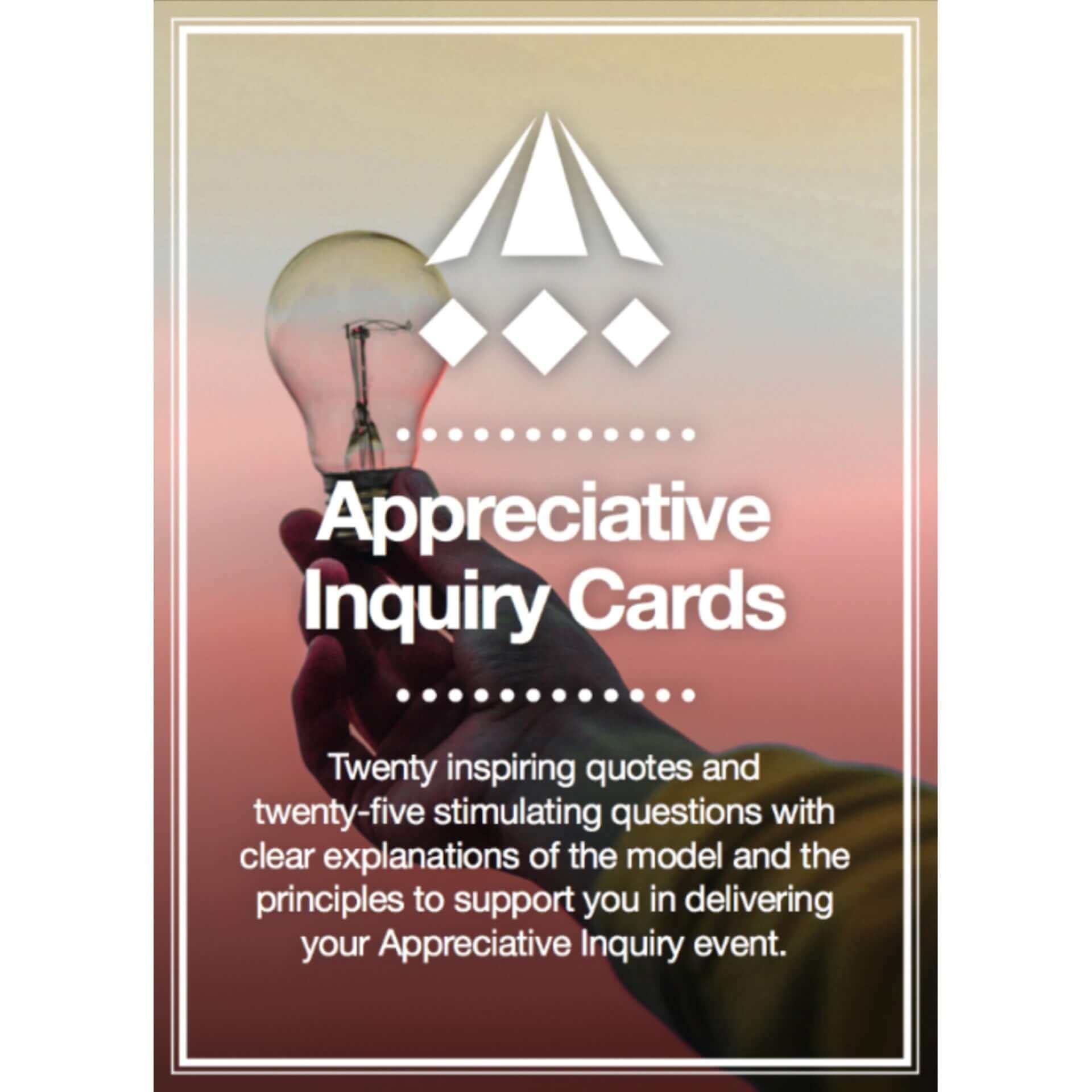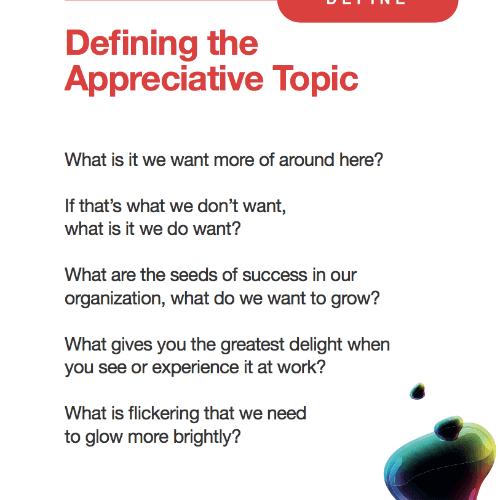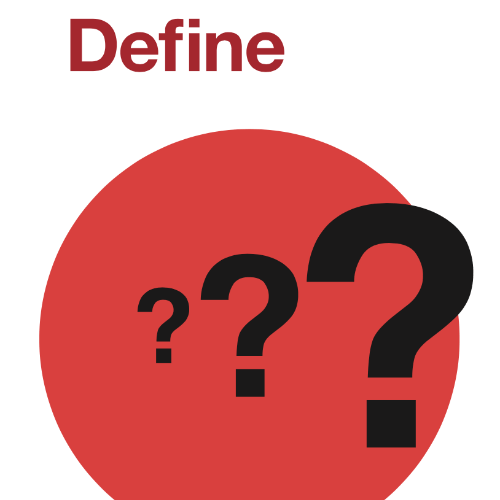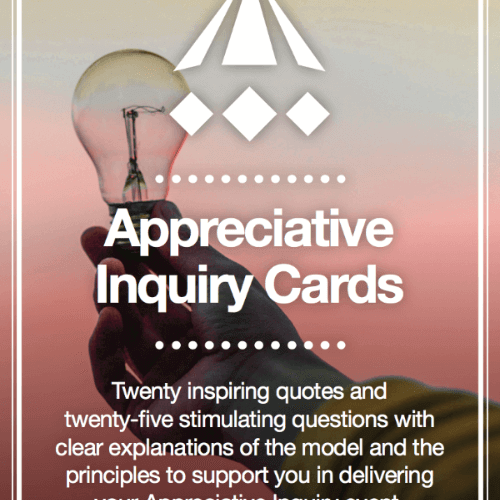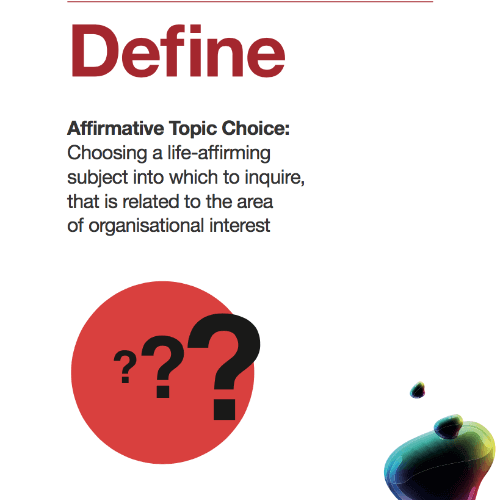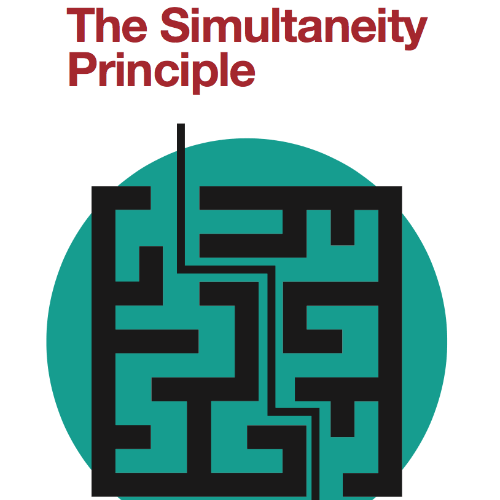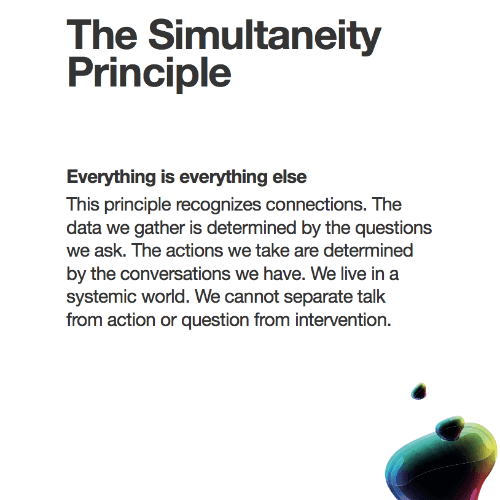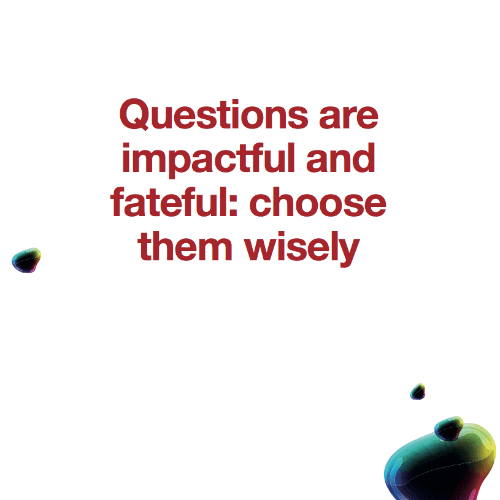Creative Workshop Exercises: Easy and Engaging Workshop Activities #16 Increase Team Productivity by working with Team Role Preferences
Impact: Improved use of the team resource
Materials Needed: One pack of BeTalent Team Cards for groups of up to 2-4 people within a team
Remember, should you decide to buy one or more packs of cards, you can get 10% off your first shop order with a newsletter subscription
You can download this blog here
Professional Use:
Who is Working with Team Role Preferences for?
This exercise will be useful for any team that wants to boost its productivity. The exercise can be used by workshop leaders and facilities, or self-organised by the team or the team leader.
How does it help with Increasing Team Productivity?
Once the team understand everyone's team role preferences, they can better organise the work to play to those preferences. When people can work in the way they like best, they are likely to be more energised and motivated.
The exercise is especially useful when the nature of the team work or task changes, but team members don't! It can help clarify any mis-match between existing team member preferences and the new nature of the team task. This allows some crafting of role to task, and the identification of significant gaps for recruitment purposes.
Preparation
Organise the whole team into smaller groups of 2-4 people.
Give each group a set of team cards and ask them to set the title card aside
How to run the exercise
Ask each table to spread the cards out in the table between them, picture side up

Ask that each person in turn pick up to four cards that they think sound like them when they are at their best and energised, explaining why.
Colleagues can comment on their selections, and proffer suggestions.
Then with up to four cards identified, by turning them over and looking at the bullet points on the reverse, the person can decide whether this does indeed sound like them.
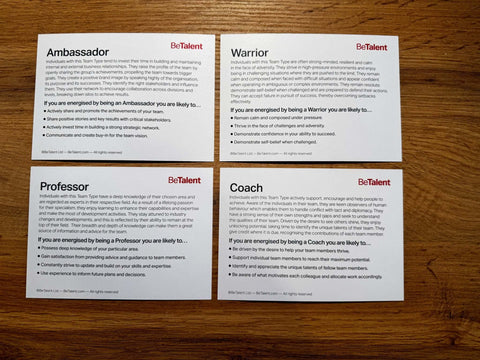
If any of their picks don’t, they can return them and pick another.
Once they have their four top preferences, they can lay out their final selection text side up.
The group can then discuss when they have seen these behaviours and preferences really add value to the team’s work (and possibly when they haven’t been so helpful!)
Ask the person to make a record of the final four selected and then return all cards to the centre of the table and invite the next person to have a turn
Once everyone at the table has identified their top four team type preferences, ask them to select the one they feel really best represents their favoured approach to work (It doesn’t matter if some people select the same one).
Then ask people to come together in a circle with their preferred cards. People who have chosen the same card can stand together forming a sub-group.
Each person, or subgroup, shares their card and how they believe this preference can best be utilised by the team to get the team job done.
Make a note on a flipchart of these top team types.

Have a group discussion about what this tells the team about itself, and how that relates both to team triumphs and maybe when things don’t go so well
Invite people to sit at their group again and identify if their top fours contain any of the 15 roles not yet on the flip
Ask who anyone who had to come forward and explain something about when they are likely to be able to exercise this preference.
Add these to the flip in a different colour so the group can easily see top group preferences and other reasonably strong preferences within the group

As a group, notice what preferences are still missing from the list and consider the implications, if any, for the team. In this case, Trail Blazer and Pioneer.
This exercise should help the team identify why it’s working dynamics tend to take the form they do.
An extension of the exercise
The exercise can be extended to help the team think about how to use their discoveries.
Identify three reoccurring team tasks, for example developing new products, processing large amounts of data, communicating with and influencing various stakeholders
Put a piece of paper with one of these three tasks on three separate tables.
Ask people to select a task they feel their preferences best suits. It doesn’t matter if the group is an uneven size.
They can discuss what excites them about the task and how they might work together to achieve it. They can also discuss what preferences their group is missing that would add value to the task.
The group as a whole can discuss how this relates to team member job descriptions and so how to make best use the revealed preferences within the constraints of job descriptions and other organisational phenomena.
The BeTalent Team Card packs featured here are all available at the Positive Psychology Shop. A discount of 10% is available to new newsletter subscribers
If you have any queries about the exercises as described, please contact Sarahlewis@acukltd.com. We will publish any queries and answers in the next newsletter to the benefit of all.
Please feel free to share the link to this page with any colleagues you feel may be interested. Or, direct them to the newsletter subscription page where they can find out about the newsletter service and subscribe for free.
Please also feel free to add a link to this blog and/or our shop to your website if you think it might add value to your website visitors.



